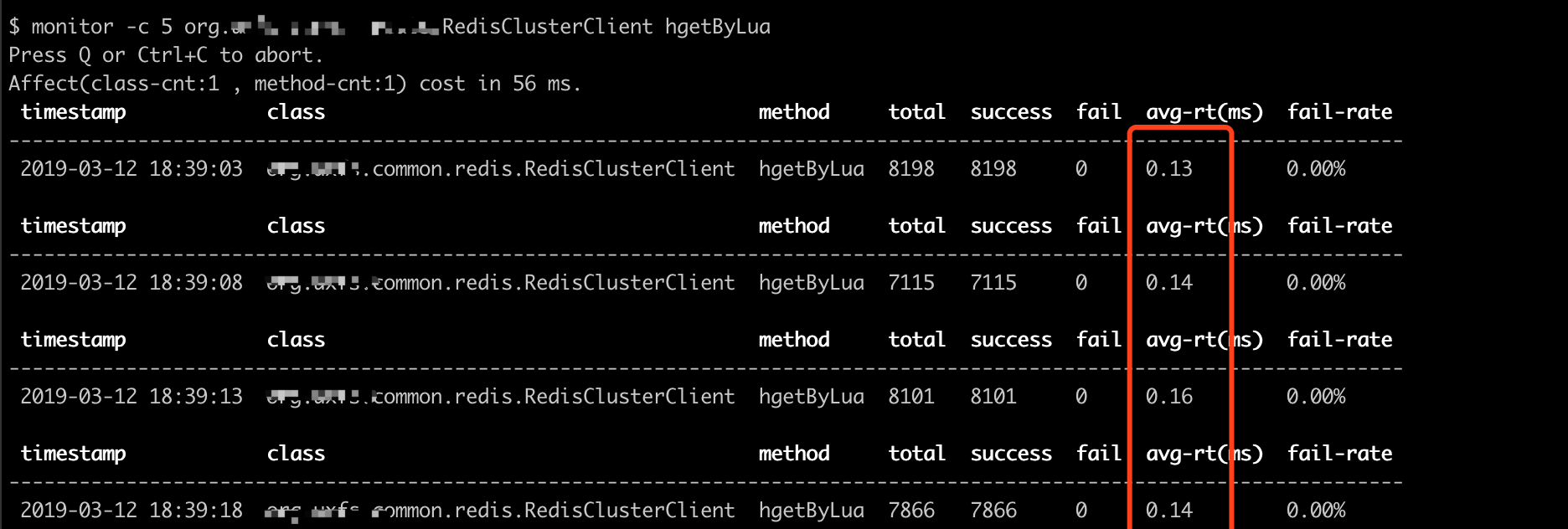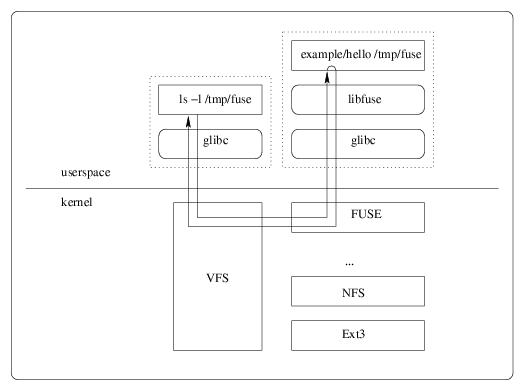筛选币种警报
本文介绍了如何使用油猴脚本和Chrome通知,来检测tradingview筛选器表格中的行数,并在特定条件下进行警告。
问题描述
我们需要在 https://cn.tradingview.com/crypto-coins-screener/ 筛选
首先,我们需要用tradingview 筛选器功能筛选出,涨跌幅比较大的币种
- 筛选24h涨跌幅较大的币种
- 筛选评级小于150的币种
接下来,我们需要通过油猴脚本,探测页面,找出满足条件的币种,并在满足以下条件时触发警告
- 表格中的行数大于1
- 触发chrome通知
实现步骤
首先,我们需要使用油猴脚本管理器来运行自定义脚本。确保已安装并启用油猴脚本管理器。
创建一个油猴脚本,并指定脚本的名称、命名空间和描述信息。
1 | // ==UserScript== |
保存脚本并将其导入到油猴脚本管理器中,并确保在 https://cn.tradingview.com/crypto-coins-screener/ 页面上运行该脚本。
现在,每隔5秒,脚本将检查表格中的行数和行内容,如果行数大于1,将弹出Chrome通知进行警告。
总结
通过油猴脚本和Chrome通知的结合,我们可以实现在网页中检测表格行数的功能,并根据特定条件进行警告。这种技术可以应用于各种场景,帮助我们实时监测和处理特定页面上的数据变化。
希望本文对您有所帮助!如有任何疑问,请随时提问。










